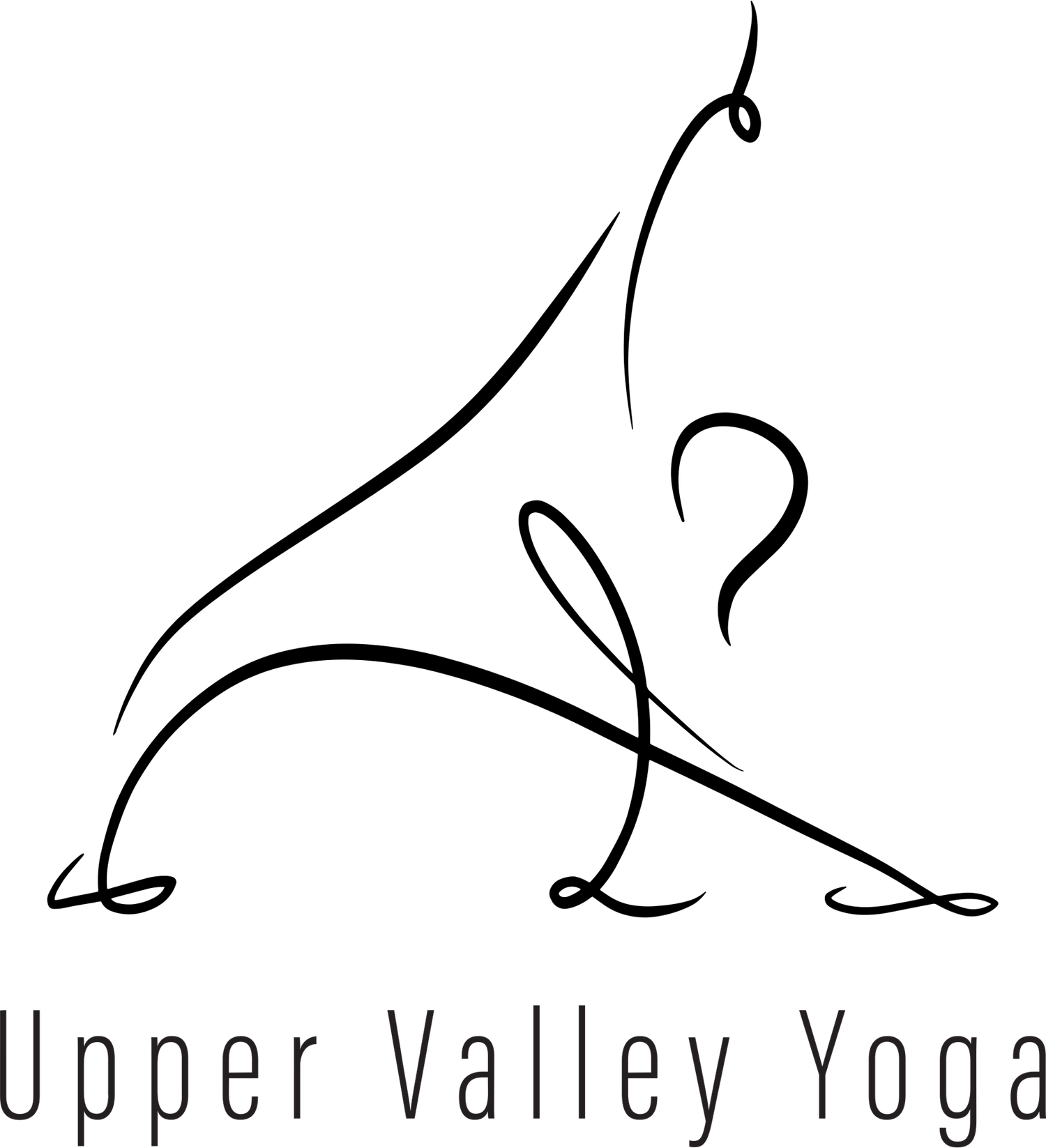“Yoga Body” Review
Amanda’s thoughts on this contemporary yoga read
I recently found a book on UVY’s “library shelf” that I would call revolutionary. It’s called Yoga Body, and its author Mark Singleton asserts that modern yoga practice—yes, the poses we do here at UVY—derives less from ancient India than from Western gymnasts and bodybuilders!
Ancient yoga primarily concerns itself with training the mind, with few physical postures, and the physical yoga we love is actually an outgrowth of the “physical culture” movement of the late 19th century. The movement took off in India, where people were ready to literally strengthen themselves to gain independence from the Brits. The book traces our current physical yoga practice from a Swedish gymnast named Ling to Pratinidhi Pant, the guy who invented sun salutations at the start of the 20th century—I thought they were timeless!—to Krishnamacharya, the yoga master who taught B.K.S. Iyengar and Pattabhi Jois, the men who devised the practice that we now know.
I’d already heard that the Ashtanga Primary Series, my original yoga practice, was not an ancient ritual but an activity invented for royal Indian schoolboys. This book supports that theory, but also looks at the cultural context behind it, how physical culture was rampant and how the Maharaja of Mysore, Krishnamacharya’s boss, wanted to use yoga as a marketing tool, inspiring the master to come up with something that would impress people. However, to give the practice legitimacy, Jois insisted that his teacher learned the Primary Series from a 5,000-year-old text. Fortunately, the author softens the unsettling fact that Jois may have been lying by explaining that Indian gurus (at least old-school ones like Jois) would rather be seen as part of a lineage than get credit for their innovations.
I find an important message in this new version of asana history: everything is adaptable. When I started practicing Ashtanga yoga fourteen years ago, I felt I had to strictly follow all the “yoga rules” because how could my little insights compete with an ancient practice? But if these rules aren’t ancient, simply invented by other modern people, then each of us can be free to improvise our practice based on observing what works best for us. And that’s what I’ve come to do with my yoga, and what I encourage students to do—to observe, to experiment, and even—hey, why not?—to play.
—Amanda

